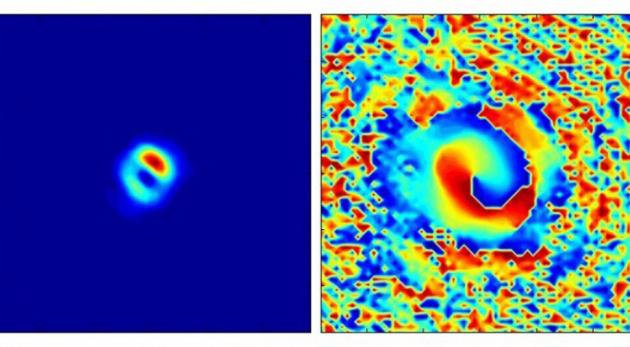This Corkscrew Laser Technique Could Be The Answer To Unlimited Bandwidth (Video)
Sep 26, 2013 18:35

Data transmission usually rely on two dimensional signals to carry information. The problem with this is that there's only so much potential bandwidth to go around. But if a third plane was added, that could potentially create a sidestep in that technological roadblock.
The team at the Stanford Linear Accelerator Center has done just that. In a layman's term - corkscrew lasers.
A pair of Princeton researchers had first identified the effect in the mid 1970s. There are two types of spin from electromagnetic radiation: Spin Angular Momentum and Orbital Angular Momentum.
The difference between the two can be explained by visualizing the Earth turning on its axis (SAM) versus the Earth revolving around the Sun (OAM). Earlier this year, a Boston University team tinkered with OAM modulation and was able to eclipse 1.6 TB/sec transmission speeds. As the lead investigator explained:
A typical cable Internet connection to a home delivers 1-10 megabits per second of data, which means that the transmission capacity we demonstrated with OAM modes in our fiber represents a capacity equivalent to one million simultaneous cable-internet connections today.
The process is still in early development and are therefore imprecise. But that's not stopping them. Here's how they are using twisted light to transmit data:The good news is that this could mean unlimited bandwidth. The problem is, there's going to be a lot of testing before this comes to real life. [Nature via Extreme Tech]







































































